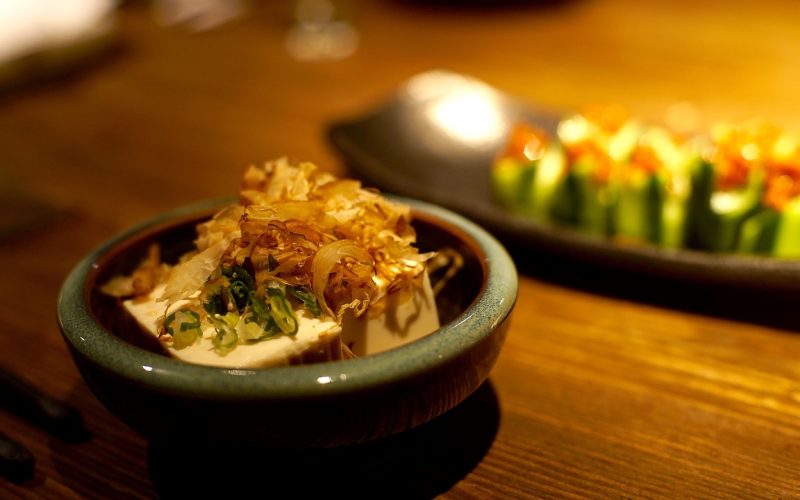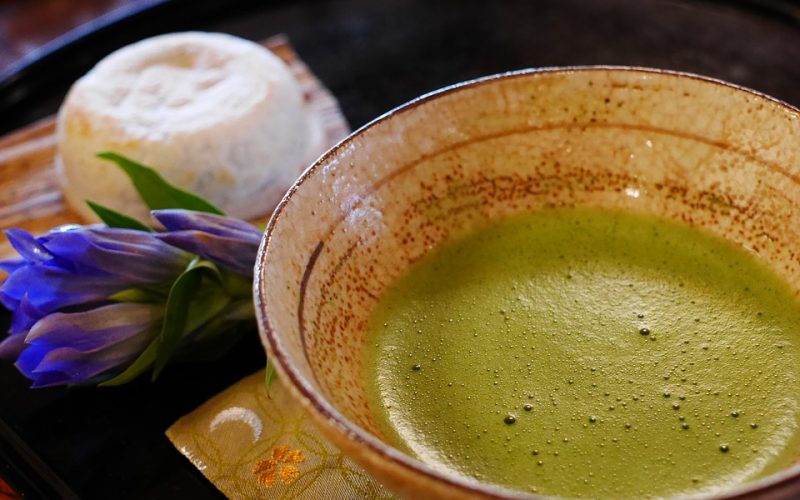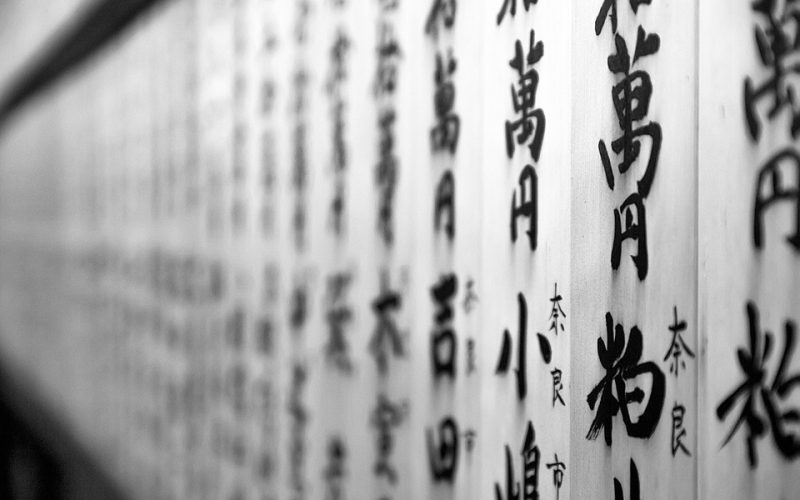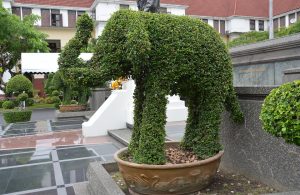High-end Japanese cuisine, known as kaiseki, has long been revered not just for its taste, but also for its aesthetic appeal. In Japan, the preparation and presentation of food is an art form that reflects cultural values such as harmony, balance, and respect for nature. This appreciation for the artistic elements of cuisine is deeply ingrained in Japanese culture, where chefs strive to create dishes that are as pleasing to the eye as they are to the palate.
The artistry of kaiseki
Kaiseki, a traditional multi-course Japanese dinner, exemplifies the notion of food as art. Each course is meticulously crafted, balancing taste, texture, appearance, and colour. The presentation of dishes is designed to evoke the seasons, with ingredients and garnishes selected based on their seasonal availability and significance. The result is a harmonious dining experience that engages all the senses, transforming the act of eating into a meditative ritual.
The role of plating and presentation
In high-end Japanese cuisine, plating is paramount. Chefs pay close attention to the colour, shape, and size of dishware, often opting for plates and bowls that complement the food's natural hues. The arrangement of food on the plate is both deliberate and delicate, intended to create a sense of balance and flow. This careful presentation not only enhances the visual appeal of the meal but also reflects the chef's artistic sensibility and dedication to their craft.
A connection to nature
Japanese culinary art is deeply connected to nature. Chefs work with fresh, high-quality ingredients, allowing the natural flavours and textures to shine through. This respect for nature is evident in the selection of ingredients—only those that are in season and locally sourced make the cut. The use of natural elements extends to the garnishes, which often include leaves, flowers, and other plant materials that evoke the changing seasons. Such attention to detail creates a dining experience that feels both grounded and transcendent, connecting diners to the natural world.
The influence of Zen philosophy
Zen philosophy plays a significant role in the artistic approach to Japanese cuisine. The principles of simplicity, tranquillity, and mindfulness are reflected in the preparation and presentation of food. Chefs focus on the essence of each ingredient, striving to enhance its natural qualities rather than mask them. This minimalist approach to cooking and presentation encourages diners to appreciate the subtle nuances of flavour and texture, fostering a deeper connection with the food and a greater sense of appreciation for the culinary experience.
An evolving art form
While traditional Japanese cuisine remains rooted in time-honoured techniques and aesthetics, contemporary chefs are pushing the boundaries of culinary art. By incorporating modern techniques and global influences, they create innovative dishes that maintain the essence of Japanese cuisine while offering a fresh perspective. This evolution showcases the adaptability and creativity of Japanese chefs, who continue to elevate their craft and redefine the limits of culinary artistry.
A sensory experience
Ultimately, high-end Japanese cuisine is a celebration of the senses. Each dish is a carefully composed work of art that invites diners to savour the interplay of flavours, textures, and aromas. The meticulous attention to detail, coupled with a deep respect for nature and tradition, transforms the dining experience into a sensory and cultural exploration. Through their craft, Japanese chefs invite us to slow down, appreciate the beauty in simplicity, and connect with the world around us.



















